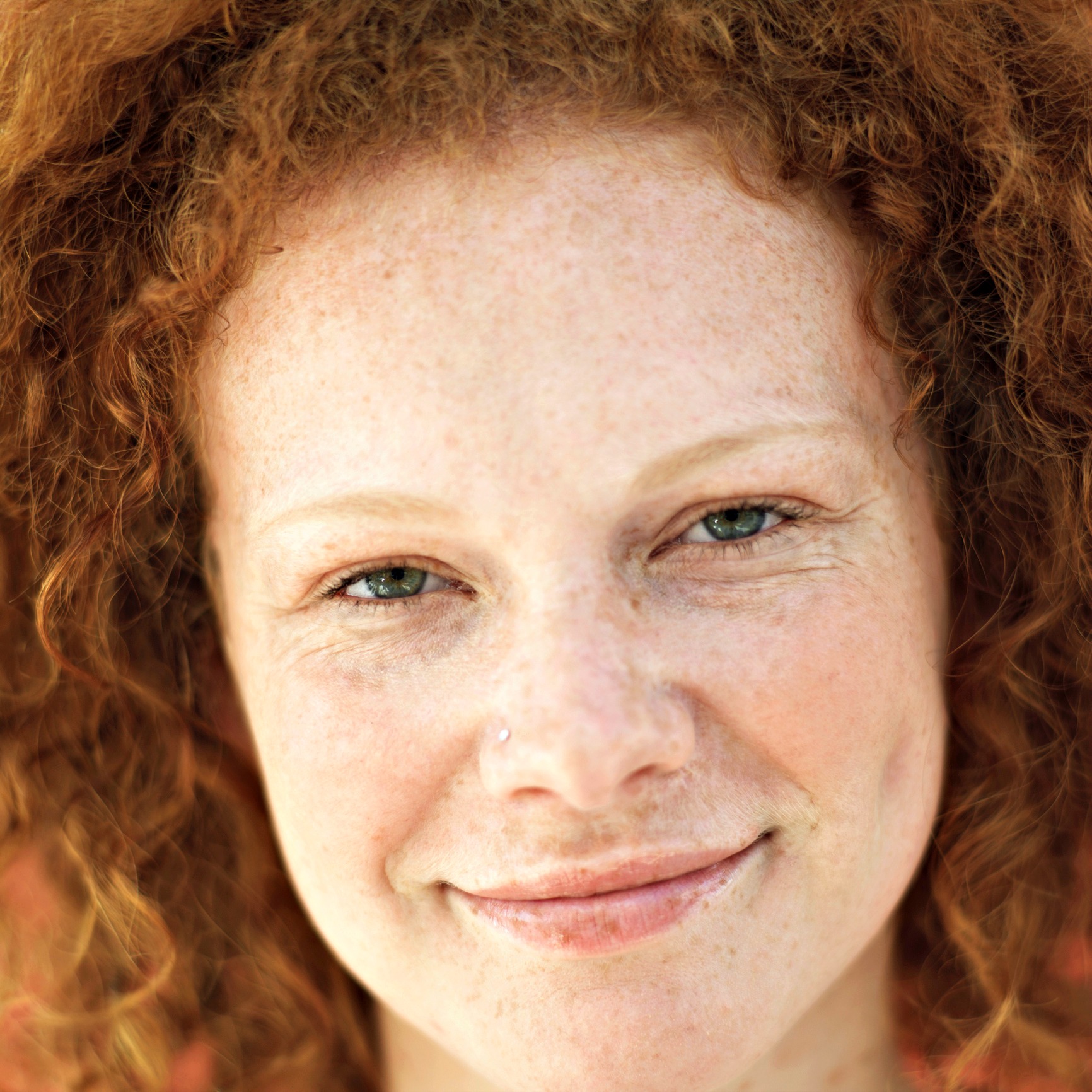In Person:
160 Christian Street, Oxford, CT 06478
Online Therapy:
Connecticut, Maryland, Virginia and Florida. HIPAA. Secure Video. Convenient. In-Person in CT
Call: 802-578-3700 or Email: connect@mindbodywelltherapy.com
A holistic counseling practice offering ketamine assisted psychotherapy & neurofeedback brain training
160 Christian Street, Oxford, CT 06478
Connecticut, Maryland, Virginia and Florida. HIPAA. Secure Video. Convenient. In-Person in CT
Call: 802-578-3700 or Email: connect@mindbodywelltherapy.com
Difference between biofeedback and neurofeedback page created 7-26-2024 ~ Written by Lucrezia Mangione, LPC, LCPC, NCC, BC-TMH, DCEP
Biofeedback and neurofeedback are innovative mind-body methods that integrate well into a health plan. These non-drug, non-invasive techniques holistically support your overall health and can address goals for improvements in mental, emotional, and physical health. They are elegant tools that can support a person with sensory processing sensitivity who has a sensitive nervous system.
Let's dive into the difference between biofeedback and neurofeedback, their similarity, and what makes them unique in enhancing your overall well-being.

Biofeedback can help you learn to control the response of different
parts of your body and its physiology in a very natural way. It is a
method that teaches you to tune into and listen to your body's signals
so that you can improve your response to them. For instance, during a
biofeedback session, depending on what your goals are, you might have
sensors placed on different body parts, like your wrist, chest, or arm,
to measure specific physiological activities, such as
These activities are shown in real-time "feedback" so that you "see" how your body responds to stress, relaxation, and more - live in the moment. Then, you learn techniques to improve your body’s response. Biofeedback is especially good for managing stress, reducing anxiety, decreasing symptoms of depression, improving mood, easing chronic pain, helping with conditions like high blood pressure and migraines, and strengthening the pelvic floor to help with incontinence. For instance, if you're struggling with high blood pressure, biofeedback can help you learn to lower it by controlling your breathing and muscle tension.
Neurofeedback is just another form of biofeedback that focuses on brain activity. It's also called EEG biofeedback, Brain Wave Biofeedback, Neurotherapy, or Neurofeedback. EEG stands for electroencephalography, which is a device that monitors brainwave patterns.
During a neurofeedback session, sensors are placed on your scalp, measuring the electrical activity in your brain. This provides real-time information or “feedback” on your brainwave patterns. The feedback helps you see and hear how your brain works. Generally, this is done in the form of a game. As you watch the game, you train your brain to function optimally for you. You can think of it as playing games with your mind and always winning.
Neurofeedback is used to help with symptoms associated with:
Neurofeedback may help you make gentle changes to build healthier brain patterns. It can be a powerful tool for promoting mental clarity and emotional stability and supporting overall brain health.
Biofeedback is an umbrella term that refers to non-invasive techniques that use sensors to bring your attention to a part of your body so that you can help it work better with the goal of improving health and as a by-product, helping you to feel better. Neurofeedback is a form of biofeedback.
Here are some examples of different forms of
biofeedback:
Both biofeedback and neurofeedback methods use real-time sensor feedback to help you understand and change how your body and brain respond to different situations. Biofeedback and neurofeedback share a common goal: to help you take control of your body’s responses which can positively impact your health and well-being. And in this shared goal, the difference between biofeedback and neurofeedback becomes less about separation and more about specialization.

Biofeedback is a broad term that encompasses different types of biofeedback. Each type focuses on a different body function. Neurofeedback is one type of biofeedback that focuses on the brain. Think of Biofeedback as the parent and Neurofeedback as the child. They are related but each own it's own unique focus.
Both support
self-regulation and wellness. And neurofeedback specifically only
focuses on helping you to train your brainwave activity for greater
calm, clarity and balance.
This simple side-by-side table that looks at the difference between biofeedback and neurofeedback. May this be a helpful starting point for learning. Please keep in mind that the following is not an exhaustive list.
Biofeedback
Different devices monitors and targets different body functions then provides feedback on them. Heart rate, muscle tension, skin temperature, breathing, sweat gland activity (sweating) and brain activity.
Neurofeedback
(also called Brain Biofeedback or EEG Biofeedback)
A form of biofeedback that uses a device to focus on brain activity, specifically brainwave patterns, to help regulate brain function.
Biofeedback
Devices use sensors that are attached to the skin to measure signals such as heart rate (ECG), muscle activity (EMG), skin temperature (thermal), respiration, and sweat (GSR). Feedback is provided visually or auditorily, and patients consciously learn to control these responses, often using relaxation, breathing, or muscle training techniques.
Neurofeedback
The device uses EEG sensors placed on the scalp to monitor brainwave activity. Feedback is typically visual or auditory, and training involves engaging in activities that encourage desired brainwave patterns. Learning is often unconscious, as individuals are guided to self-regulate brain activity.
Biofeedback
Neurofeedback

Both approaches have been shown to reduce stress, promote relaxation, and enhance control over some bodily functions. Neurofeedback, in particular, is suitable for potential improvements in mental health because it focuses on symptoms associated with anxiety, stress, depression, sleep, overstimulation, overwhelm, ADHD, and PTSD.
Biofeedback methods work to help you help yourself. Whatever the health goal, when you see improvements, you generally feel good about it. For example, it makes a person feel better when they learn how to control their muscle tension and breathing and see their blood pressure numbers go down. Neurofeedback can help balance brainwave activity, leading to more emotional stability and improved focus and attention.
Biofeedback is widely used to manage chronic pain and improve conditions like high blood pressure and migraines. Managing your body's responses can ease symptoms and improve your quality of life.
Both biofeedback and neurofeedback enhance your mind-body connection. They can foster a sense of greater harmony and well-being within you. They help you bring conscious awareness to your body in an elegantly simple and powerful way. When you become more attuned to your body's signals and learn to regulate them, the potential to cross the finish line on your health goals happens more easily. This can open new doors to experiencing a more balanced and healthier state. It creates new ways of returning to your life and living more fully.
The only difference between biofeedback and neurofeedback is what you're looking to improve. There are benefits to integrating biofeedback or neurofeedback into your wellness journey:
Personalized Approach: The gold standard in using these beneficial technologies is working with a licensed therapist who has received training and education and specializes in their use. As a result, all types of biofeedback can provide individualized feedback on you and your unique body. This customized approach meets your needs is designed specifically for you.
Non-Invasive and Non-drug: These
methods rely on natural self-regulation and self-control, making them
safe and gentle options for sensitive individuals.
Empowerment: By
listening to and seeing your body's responses and learning to regulate
them, you can increase your potential to regain control of your health
and well-being.
Biofeedback and neurofeedback are gentle and powerful
allies on your mental wellness journey and your overall health journey.
Evidence-Based: Scientific research strongly supports both biofeedback and neurofeedback in improving various health conditions.

Biofeedback and Neurofeedback are powerful ways to enhance mental health, emotional health, and physical health, and they're backed by science. If you are looking to manage stress better, improve your overall brain function, or achieve better emotional health, these techniques are valuable tools that integrate well into your health plan. For instance, biofeedback can help you manage stress by teaching your body how to relax, while neurofeedback can help you improve brain function by training your brain to focus better.
Mind Body Well Therapy, Pllc specializes in the use of neurofeedback, a form of biofeedback. It is used along with holistic counseling and is tailored to your unique needs as a highly sensitive person. The interconnectedness of mind, body, heart, and spirit is respected here, and you are supported on your journey to optimal mental health wellness. Explore the benefits of neurofeedback and how this innovative and integrative approach can help you to your next level of health and sensitive brain fitness.
Thanks for reading this page and getting answers to the question, What Is the Difference Between Biofeedback and Neurofeedback?
Ready to take the next step? Let’s explore what support could look like—whether through holistic therapy, EEG neurofeedback, or KAP ketamine assisted psychotherapy.
Lucrezia Mangione supports anxious, highly sensitive women in fine-tuning focus, building emotional steadiness, and embracing the strengths of sensitivity. She also partners with therapists and helping professionals to offer brain-based care for clients who feel stuck or stalled. Her integrative approach helps clients feel calm, steady, and spacious—living and working on their own terms.